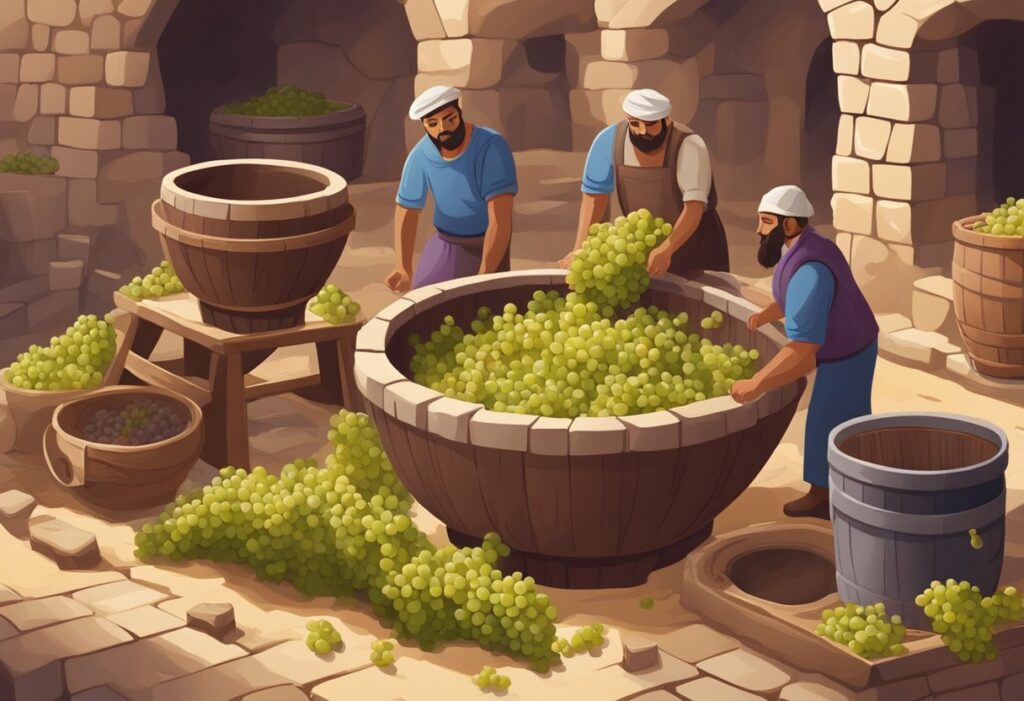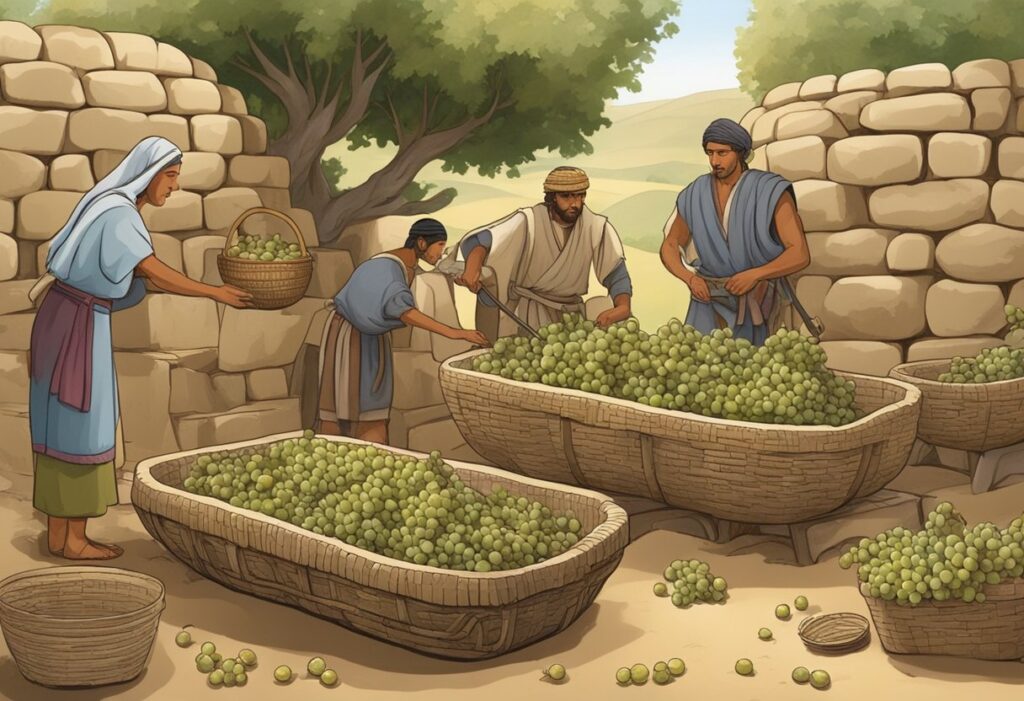Wine has a rich and fascinating history that spans thousands of years. From accidental discoveries to scientifically precise art, winemaking has evolved significantly. The oldest known evidence of wine dates back to 10,000 BC in what is now Georgia, showcasing the early beginnings of an ancient practice.
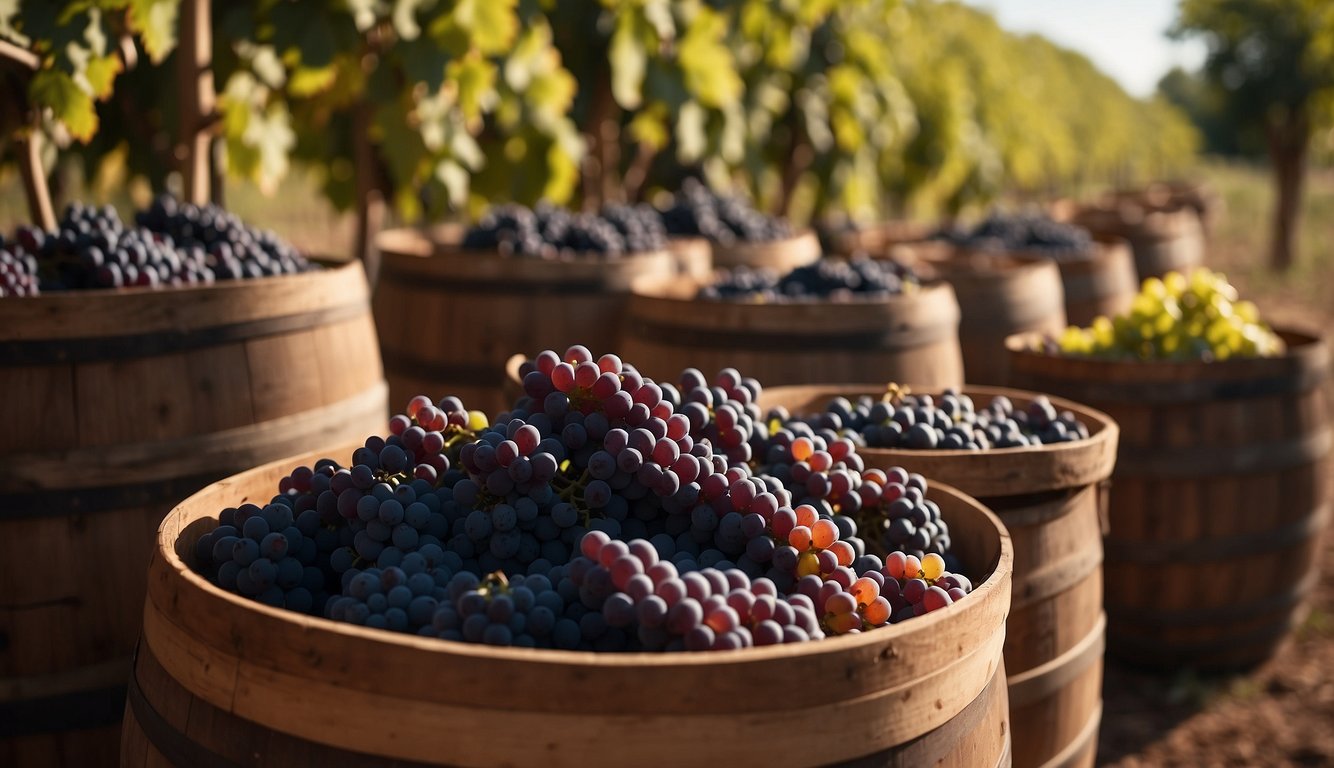
As winemaking spread, different cultures across the Middle East, China, and Egypt began to develop their own techniques. By 4,600 BC, vineyards in Armenia were producing wine, marking a significant milestone in the global spread of viticulture.
In modern times, wine has evolved into a global industry. Whether you are a connoisseur or just curious, understanding the key historical milestones in winemaking reveals how this beloved beverage has become what it is today. Dive into the captivating evolution of wine and explore iconic moments that shaped its journey through history.
The Birth of Winemaking: Neolithic Period to Ancient Civilizations
The journey of wine starts in the Neolithic period, where humans first began fermenting wild grapes. This transformative process continued through ancient civilizations, shaping cultures and rituals.
First Fermentation: From Georgia to Iran
The earliest known evidence of winemaking comes from the Neolithic period, around 6000 BC. Archaeological sites in Georgia and the Zagros Mountains of Iran have uncovered vessels containing residues of tartaric acid, a key indicator of grape fermentation. In these regions, primitive winemakers used wild grape species like Vitis vinifera for their inaugural batches.
In Georgia, large clay vessels called qvevri were used to ferment and store wine, a technique still in use today. Meanwhile, in Iran, sites such as Hajji Firuz revealed wine jars with sediment containing tannin and tartrate crystals. These findings indicate that early humans not only consumed wine but also had specialized tools and knowledge for its production.
Ancient Egypt: Rituals and Resin
Wine in ancient Egypt wasn’t just a drink; it played a crucial role in religious and burial practices. Egyptians often placed wine jars in tombs, believing it would serve the deceased in the afterlife. These jars were sealed with resin to preserve the wine, a practice revealed by findings in the tomb of King Tutankhamun.
Wine was also used in rituals and offerings to gods. The process of making wine was depicted in various murals and carvings, showcasing the importance of viticulture in Egyptian society. The specific use of resin, likely from local trees, helped keep the wine from spoiling in the heat, ensuring it remained fit for ritual use.
Greece and Rome: Dionysus to Bacchus
The Greeks and Romans took winemaking to new heights, refining the art and integrating it deeply into their cultures. In Greece, wine was central to social gatherings and religious ceremonies. You might recognize the god Dionysus, celebrated as the god of wine, who played a pivotal role in Greek mythology.
In Rome, the tradition continued with Bacchus, the Roman counterpart to Dionysus. Winemaking techniques advanced, and vineyards spread across the empire. Romans developed sophisticated methods for pruning vines, fermenting grapes, and aging wine in wooden barrels. Sites like Dikili Tash in modern Greece reveal ancient wine presses and storage facilities, indicating the scale and complexity of their operations.
Wine became more than a beverage; it was a symbol of wealth, culture, and divine favor, shaping the social and economic landscape of ancient Greece and Rome. With such deep roots, winemaking continues to influence our world today.
The Spread of Winemaking: Trade and Cultural Exchange
Trade routes and cultural exchanges throughout history played crucial roles in spreading winemaking techniques globally. From the Mediterranean influence of the Phoenicians and Greeks to the expansive reach of the Silk Road, these exchanges introduced new practices and varieties to diverse regions.
Evolving Techniques: Viticulture and the Wine Press
Winemaking techniques evolved significantly through trade and cultural exchange. The grape, known scientifically as vitis vinifera, saw improved cultivation methods that were shared across regions. The evolution of the wine press allowed for more efficient production, enhancing wine quality.
Traders carried not just the finished product but also grape seeds and grape pollen. This diffusion introduced new grape varieties to different climates, leading to diverse vineyard practices and the creation of unique wines. The spread of viticulture through evolving techniques contributed to the establishment of distinctive wine cultures across Europe and beyond.
The Phoenicians and Greeks: Mediterranean Expansion
The Phoenicians were among the first to play a major role in spreading winemaking. They traded throughout the Mediterranean, introducing viticulture to new territories. Their pottery jars often contained wine, which they shipped across sea routes.
Greek settlers further expanded wine culture by establishing vineyards in colonies around the Mediterranean. They refined winemaking techniques and prominently featured wine in their social and religious traditions. The Greeks’ contributions helped shape wine cultures in regions such as Italy and southern France. This period marked a significant increase in wine production and consumption in these areas.
The Silk Road: Introducing Wine to New Territories
The Silk Road facilitated trade between Europe and Asia, leading to the spread of viticulture beyond the Mediterranean. This vast network of trade routes allowed wine to reach new audiences. Merchants carried wine jars along with other goods, sharing winemaking methods and grape varieties.
New territories along the Silk Road, including parts of Central Asia and China, were introduced to wine culture. This exchange brought diverse winemaking techniques and grape types into regions where they had not previously existed. The introduction of wine to these new territories enriched local cultures and broadened the global appreciation of wine.
Terroir and Innovation: Enhancing Wine Through Place and Technology
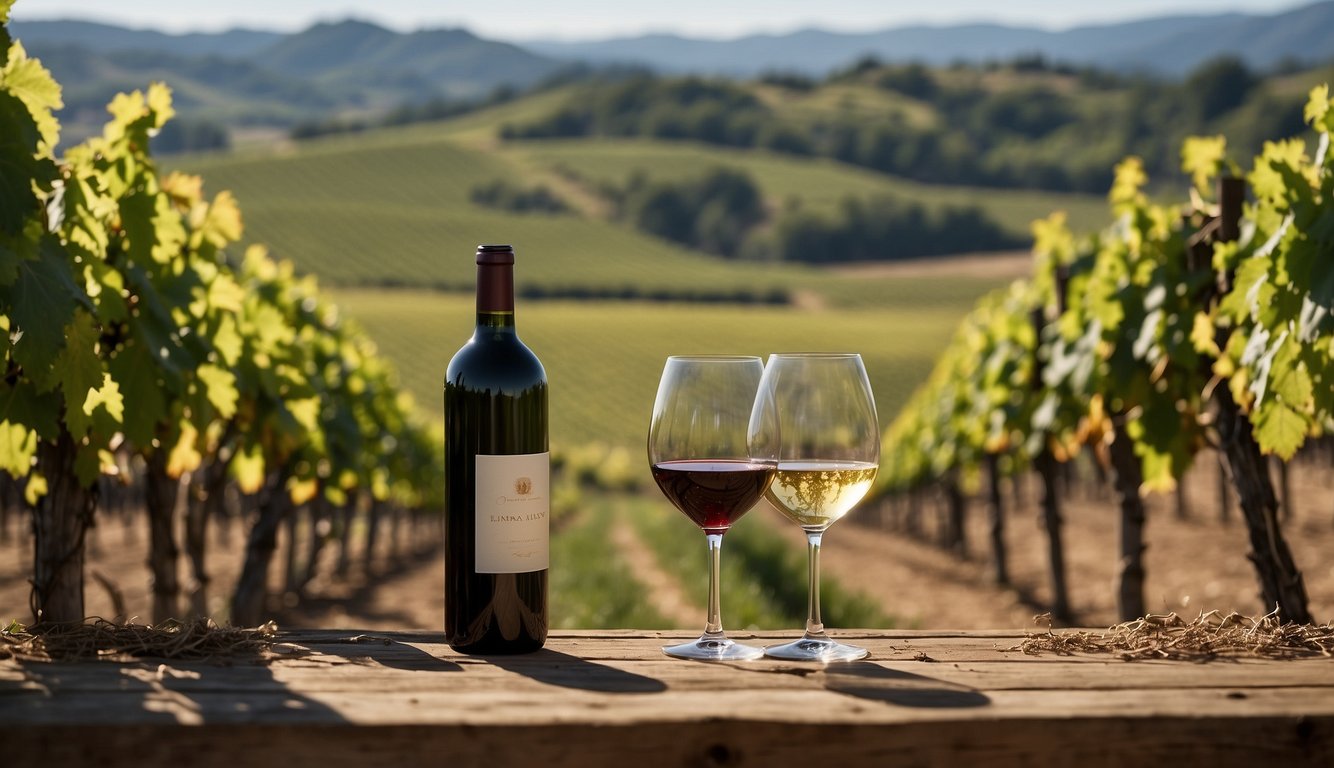
The character of wine is deeply influenced by both the unique geographical features of its origin and the technological advancements in its production. Understanding these elements helps in appreciating the distinct flavors and improvements in winemaking.
Understanding Terroir: The Significance of Geography
Terroir is a French term that describes how a region’s climate, soil, and landscape affect the taste of wine. For example, the famous Bordeaux region in France produces Cabernet Sauvignon with a distinct flavor influenced by its limestone and gravel soils. Similarly, the chalky terrain of Champagne creates ideal conditions for sparkling wines.
Regions like Mendoza in Argentina owe their vibrant wine culture to fertile soil and favorable weather. Colder climates, such as those in parts of France, can delay grape ripening, allowing for more complex flavor development. These geographical factors are key in viticulture, impacting everything from grape variety to flavor profile.
The Role of Technology: From Ancient Tools to Modern Techniques
Winemakers have used technology to improve quality and consistency. Ancient tools like basic stone presses have evolved into sophisticated machinery, allowing for better control over the winemaking process. In modern vineyards, drones and sensors monitor grape health, optimizing harvest times.
Pheromone traps help manage pests without chemicals, ensuring healthier vines and better grapes. Cold fermentation is another example, particularly popular in white wines, which helps retain crisp flavors. Innovation is not just about machinery; it includes scientific advances like yeast development to enhance fermentation, improving taste and longevity.
By blending traditional methods with scientific progress, winemakers around the world, from France to South America, continue to push the boundaries of what great wine can be.
Catastrophe and Recovery: Challenges in Winemaking History
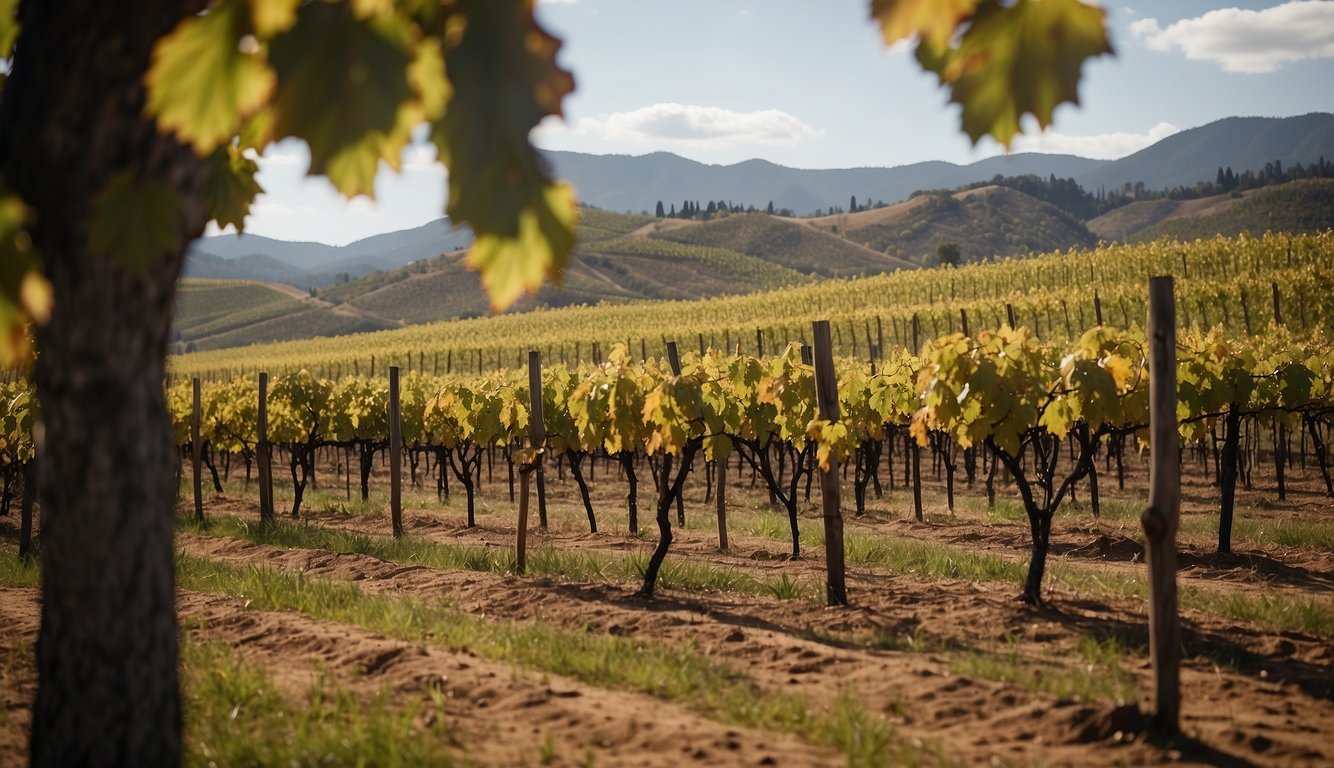
Winemaking has faced numerous challenges, from devastating plagues to natural disasters. Despite these setbacks, innovation and resilience have driven the industry to overcome obstacles and continue to thrive.
The Phylloxera Plague: Devastation to Vineyards
In the late 19th century, the phylloxera plague wreaked havoc on vineyards. This tiny insect, originally from North America, infested European grapevines. The pest destroyed the roots of the plants, leading to widespread vineyard devastation.
Farmers saw entire harvests wiped out. Grapes struggled to survive, and winemakers faced ruin. The extent of the damage pushed the wine industry to the brink of collapse. Vineyards across Europe, especially in France, suffered the most.
To combat the plague, scientists and farmers sought solutions. One successful method was grafting European vines onto resistant American rootstocks. This practice saved countless vineyards and became integral in grape agriculture. Phylloxera’s impact triggered significant advancements in vine domestication and technology, ensuring the survival of the wine industry.
Innovation out of Necessity: Overcoming Disease and Disaster
Winemaking history is filled with examples of innovation in response to disasters. For instance, after a massive earthquake in a winery, tanks containing millions of liters of wine were crushed. Nearly 800,000 liters were lost as a result.
Despite this catastrophic event, the industry adapted. New technology and construction techniques were developed to make wineries more earthquake-resistant. Innovations in fermentation and storage helped prevent such large losses in the future.
Additionally, diseases like downy mildew and powdery mildew spurred research. Winemakers developed new agricultural techniques and treatments to protect wine grapes. These advances not only solved immediate problems but also improved the overall quality and yield of vineyards.
By facing these challenges head-on, the wine industry continually evolves and improves, transforming disasters into opportunities for growth and innovation.
The Global Wine Market: Evolution of Winemaking Regions
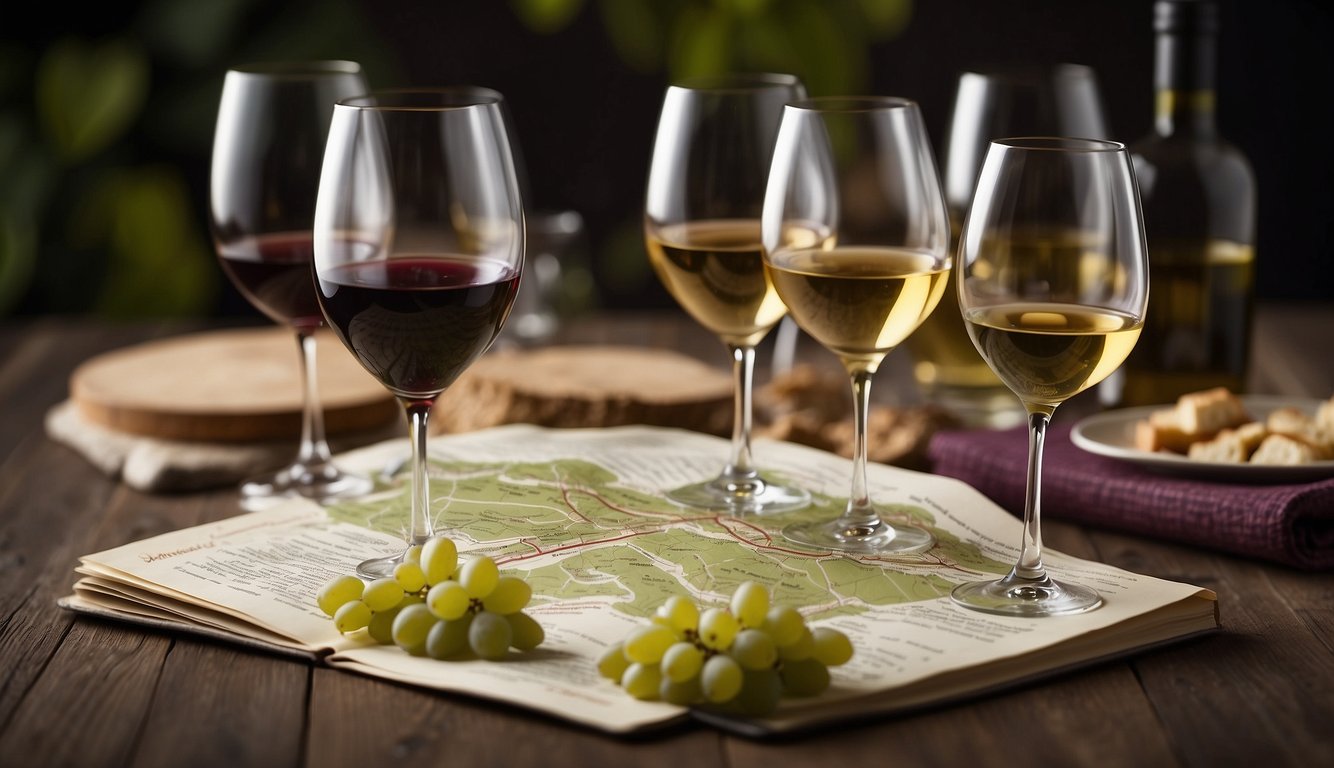
The winemaking industry has seen a significant shift over the years, moving from traditional regions to new areas around the globe. This has brought about innovations in both production and sustainability.
The New World: From California to Chile
In the last few decades, the New World wine regions have emerged as major players. California, for instance, produces a large quantity of quality wines. The sunny climate is ideal for growing a variety of grapes, leading to a diverse wine portfolio. Napa Valley, known for its Cabernet Sauvignon, is one of the most famous regions.
Chile has also gained recognition for its wines. The unique geography, with mountains and ocean, creates perfect conditions for grape growing. Varieties like Carmenère and Sauvignon Blanc thrive here. Other notable New World regions include Australia, known for Shiraz, and New Zealand, famous for its Sauvignon Blanc.
Moreover, regions like South Africa and Argentina have carved their niches in the global market. South Africa is celebrated for its Chenin Blanc, while Argentina is renowned for Malbec. These areas contribute significantly to global wine consumption.
Current Trends: Sustainability and Beyond
Sustainability is becoming a major focus in the wine industry. Many winemakers are adopting eco-friendly practices. This includes using organic farming techniques and reducing carbon footprints. Sustainable wineries aim to preserve the environment while producing high-quality wines.
In regions like California, sustainable farming is common. Wineries use renewable energy and minimize waste. In Australia and New Zealand, water conservation is crucial due to their climates. These practices not only protect the environment but also attract eco-conscious consumers.
Beyond sustainability, there’s a move towards biodynamic and natural wines. These methods avoid synthetic chemicals, ensuring a more natural product. As consumers become more environmentally aware, these trends are likely to grow, influencing the future of winemaking globally.
